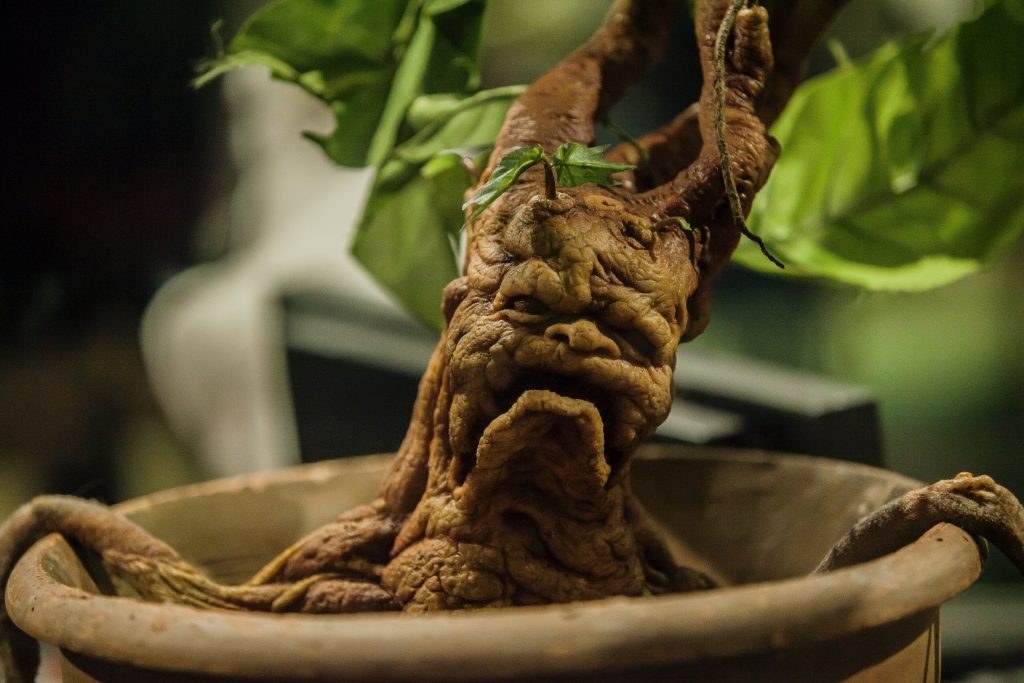Herbs, plants and their uses in Anglo-Saxon period.
In the Middle Ages herbs were mostly employed for medical purposes to make remedies that cured illnesses. Some given examples are the betony, applied in cases of headache and mental disorder, the pepper, employed due to its benefits for the stomach, and the hourhound, used to alleviate cough and lung disease. Herbal gardens were very popular in those times, especially in the France of Charlemagne, and represented an important activity within the day by day of the monastic life. Some medieval herbal gardens known in the UK are those at Ely, Thorney and Canterbury.
Jarrow Hall Herb Garden

Jarrow Hall Herb Garden
Have you visited the herb garden behind Jarrow Hall House yet? It’s full of beautiful herbs that would have been around in the Early Medieval period. You can find out more about our Herb Garden and the volunteers who care for it here and you can explore it virtually, via our TikTok below.
Madder (Rubia Tinctorum)
Madder is a dying plant which was used for its roots as they created a red pigment. The roots of the Madder plant will only be suitable for use in dying after being harvested at least 2 years after its growth, the plant is best contained, otherwise it may take over the space in which it is growing, so in many instances, like in our herb garden, the plant is grown upright on a frame, or it can be grown in its own designated herb bed.
Mandrake (Madragora Officinarum)
The Anglo-Saxons employed mandrake, due to the hallucinogenic and hypnotic effects associated to the plant, to cure headache, earache, gout, depression and demonic possession. Mandrake was believed to be a cross between human and plant, being represented with head, arms, and legs as roots in the manuscripts. It was not until the X-XIIth centuries that the mandrake became a screaming creature that was linked to the devil and the witches. Did you know that Mandrake was considered a key ingredient in making a witches broom fly? According to the “Old English Herbarium”, the process to gather a mandrake was very laborious because it was thought that the plant, when feeling in danger, would try to fly away to avoid being captured. Due to these reasons, you, first, had to dig around the mandrake with an iron knife without touching the plant. Once you see the legs of the mandrake, you must fasten them with a string. Finally, your dog must snatch the plant up by pulling the cord.
The legend of the mandrake continued to be told in pop culture, in movies.









